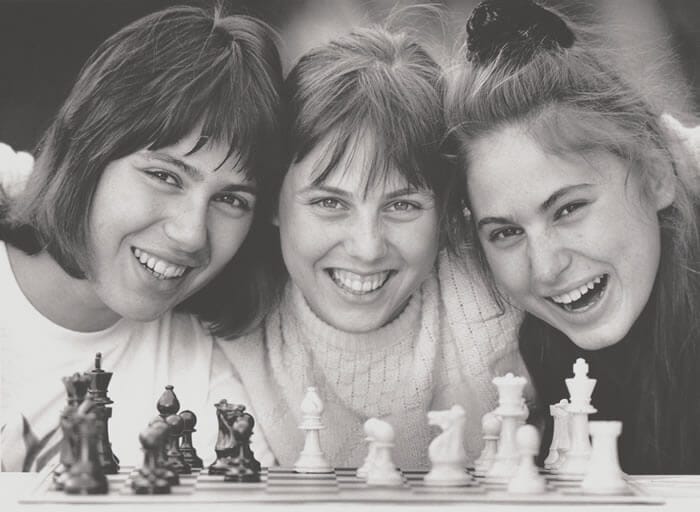.png)
For much of its history, chess has been a male-dominated sport, and women have faced institutional barriers to playing and competing. This has not stopped women who play chess from continuing to challenge the norms and demonstrating that brains and strategic expertise are indeed, sex-neutral attributes.
.png)
One of the earliest female chess players was Macalda di Scaletta, a 13th-century Sicilian lady-in-waiting and baroness, who learned the game while imprisoned, though women did not start to leave their stamp on professional chess until the 20th century. A Women’s World Chess Championship was created in 1927, with Vera Menchik as the first world champion. She also played against men after that too and defeated several grandmasters, proving that a woman could compete at the international level as well. Despite these advances, gender differences still existed. There were fewer opportunities for women to compete in top-level tournaments until more recently, and it was thought that women were less able to play chess. This was famously overturned by the Polgár sisters, most notably Judit Polgár, who became the first woman to break the world’s top 10 and regularly beat male grandmasters.

Pop culture has also done much to turn the tide of the image of women in chess. Netflix's success series The Queen's Gambit (2020) brought the female players' spotlight back again, and women of a younger generation began to play the game. Players like Hou Yifan and Kateryna Lagno now compete at the elite level, proving that chess is for everyone.
References:
Chess Chivalry
Remote Chess Academy
Medium